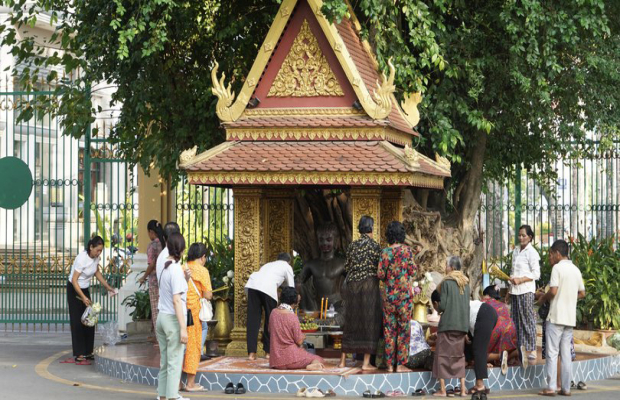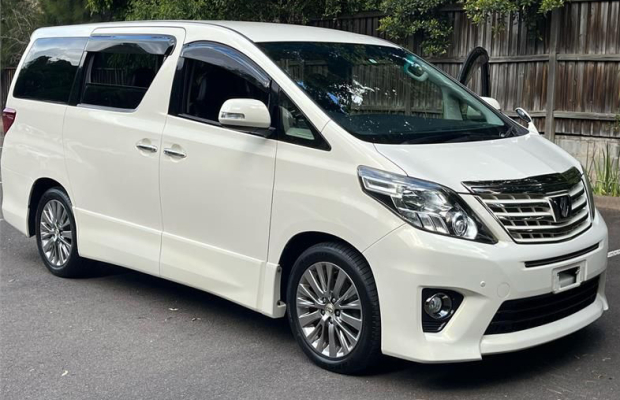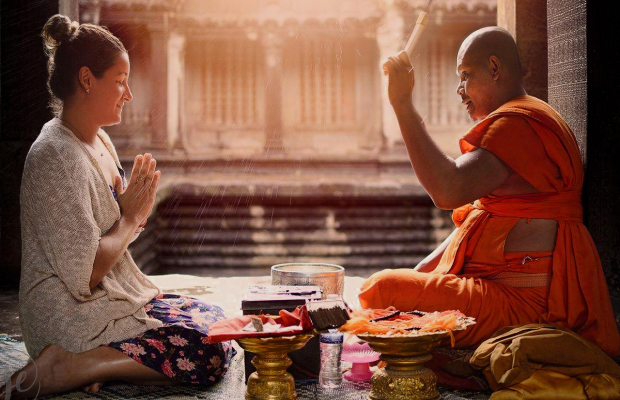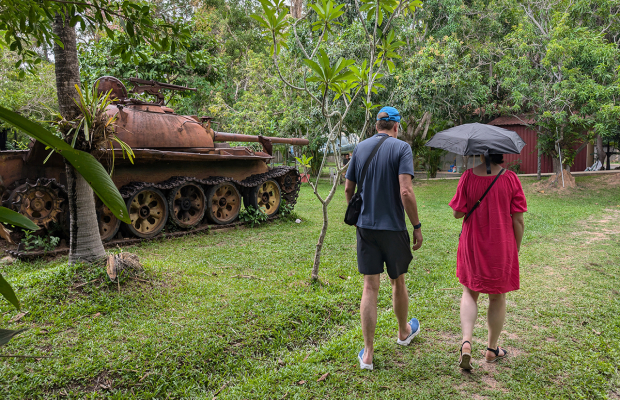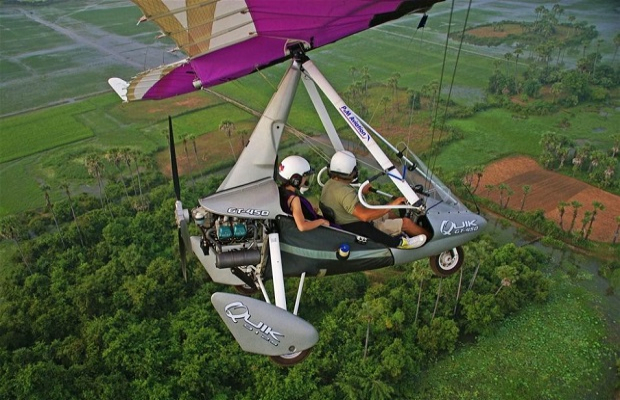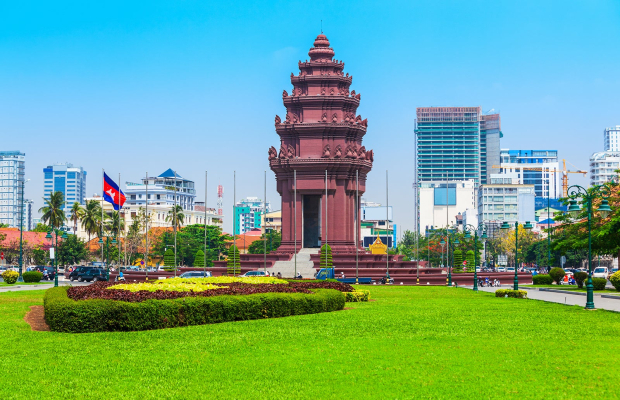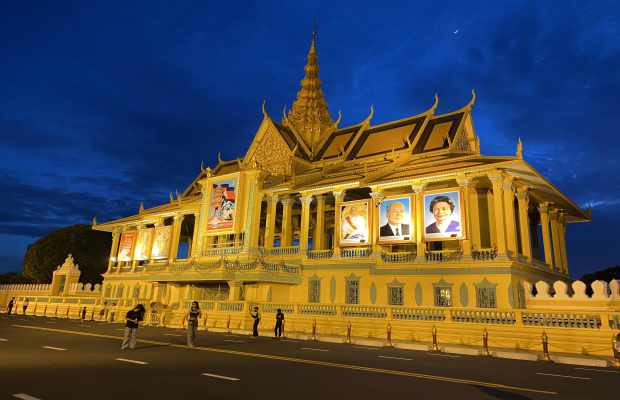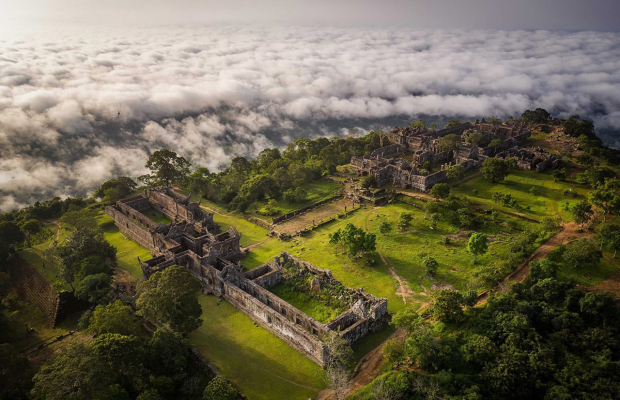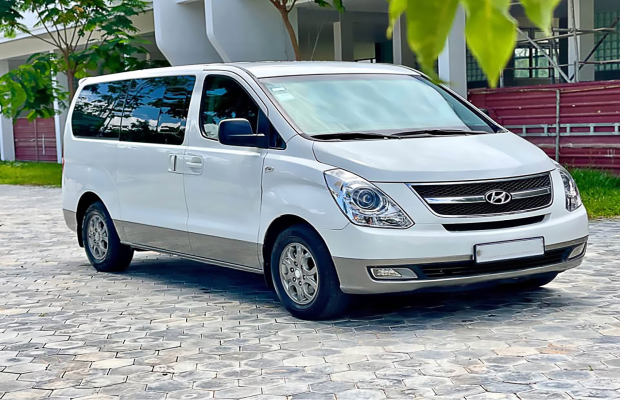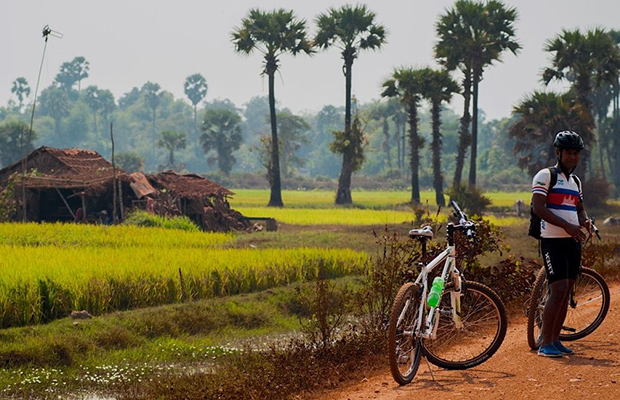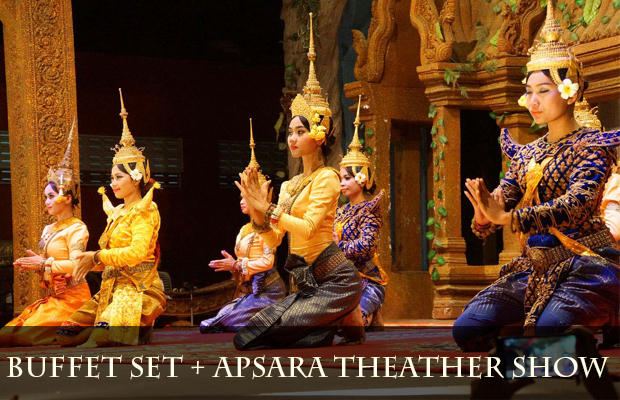Ensure Khmer Disabled Assistance Organization - EKDAO
Business Overview
Trapang Sesh village, Kokchork commune, Siem Reap city-province, Cambodia.
Mr. Kim Sovann is a disabled veteran who has himself been looked down upon and discriminated against. He understands the plight of others who have endured the same. Try cutting down and solve these problems and serve the needs of other disabled people like himself, he formed the ENSURE KHMER DISABLED ASSISTANCE ORGANIZATION (E.K.D.A.O) on 01 January 2005. His aim is to empower and support the disabled in closer way to struggle the real enemy which he said The poverty the disabled are facing!
During the polpot regime , more than a thousand people died of hunger and disease per day. Beyond massive killing, they destroyed libraries, laboratories, traditions, and national cultures. Historical documents were also ruined in huge volume during this period. Once the bitter regime had fallen, the civil war was over but it had left behind millions of land-mines.
It’s hard to get firm numbers on the percentage of Cambodia’s population which is living with disabilities. Part of the problem stems from the stigma which surrounds disability in Cambodia; people with disabilities are regarded with fear and mistrust. A simple action like trying to sell goods to stay alive becomes a challenge when other merchants in the marketplace spit on you and drive you out because you are disabled, and it’s not surprising to learn that much of Cambodia’s disabled population lives in the shadows.Many Cambodian Buddhists (making up over 90% of the population) believe that they have a responsibility to care for and support people in need in their society, but this is tempered with the belief that disability is the result of a personal failing, either in this life or a past one. Disability is not value neutral in Cambodia, and this makes it extremely difficult to address disability issues there. Discrimination is widespread at multiple levels of Cambodian society, and this contributes to hardships for people with disabilities.
In a country where life expectancy hovers around age 52 and the adult literacy rates for men and women are remarkably skewed (60% for men, around 20% for women), people with disabilities in Cambodia are in an especially unenviable situation. Many live in extreme poverty and have difficulty accessing services because of poor infrastructure. Things like accessibility are hard to find, let alone antidiscrimination campaigns.
According to statistics from the Cambodian government, almost a fifth of the people with disabilities in Cambodia have amputations (Cambodia may have the highest percentage of amputees in the population in the world), 10% of disabled persons in Cambodia have visual impairments, and five percent are Deaf or hard of hearing. Other reporting categories include “permanent disfigurement” about 10.%, “others,” (15%), and “physical impairment (one or more limbs)” (24%).
Great amount of the people with disabilities in Cambodia are children. The vast majority of disabled Cambodians live in rural areas, in part because Cambodia’s population is primarily concentrated in rural areas, but also because Cambodia has a land mine problem.
Almost half of Cambodia’s rural villages are mined. And it’s not just mines; Cambodia’s countryside is littered with unexploded ordinance and other hazards left over from decades of military conflict. People must farm to live, and this means that they must expose themselves on a regular basis to the danger of land mines.
These organizations are all focusing on empowering Cambodians with disabilities and on addressing social attitudes which contribute to the stigmatization of disability. Rather than just delivering aid, they are working to help disabled Cambodians help themselves. These programs are thinking about long term changes which will improve conditions for people with disabilities in Cambodia.
Many of these organizations could benefit from advocacy and awareness raising campaigns. If you’re a blogger, perhaps you’d consider profiling one of these organizations, or linking to posts like this at EKDAO which talk about efforts to address disability issues in the developing world? If you know people who are looking for charities to donate to, why not suggest one of these, stressing the idea that we should be contributing to organizations which promote autonomy and empowerment? And, if you have the energies to do so, please consider writing your representatives and foreign aid agencies to suggest that foreign aid be directed at organizations like these.
Cambodia isn’t the only country with a landmine/unexploded ordinance problem. Laos, Angola, Somalia, and Vietnam, among many others, have dangerous legacies as well. As time goes, which focus on removing landmines, bombs, and other unexploded ordinance while also promoting the welfare of people with disabilities are critical.
It’s also worth pondering how these nations have ended up with a mine problem in the first place. The combatants in these conflicts had to get their mines from somewhere.Numerous nations have a long history of being involved in arms dealing with little care as to where those arms.
Mr. Kim Sovann is a disabled veteran who has himself been looked down upon and discriminated against. He understands the plight of others who have endured the same. Try cutting down and solve these problems and serve the needs of other disabled people like himself, he formed the ENSURE KHMER DISABLED ASSISTANCE ORGANIZATION (E.K.D.A.O) on 01 January 2005. His aim is to empower and support the disabled in closer way to struggle the real enemy which he said The poverty the disabled are facing!
- Empowering programs on feeling concentration for individual disable goals
- Program to create product to generate safe income
- Educational programs
- Programs for skill development and training
- Programs for having independent life
- Creating and maintaining communication with national and international organizations
For our project to succeed we must have resources. The Ensure Khmer Disabled Assistance Organization gratefully accepts contributions from any kinds of individual, company, national or international organization to support all above in volunteering or fund.


